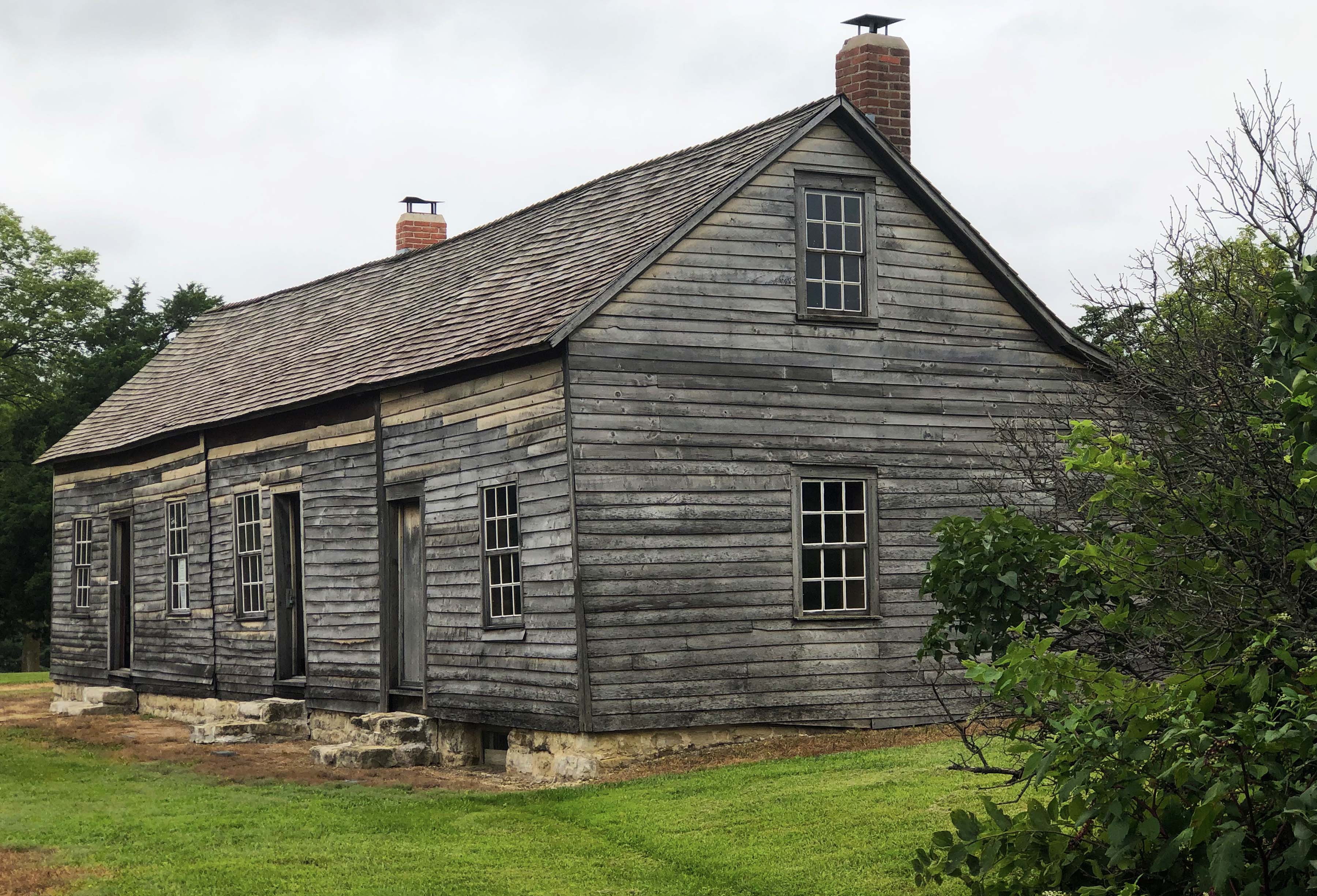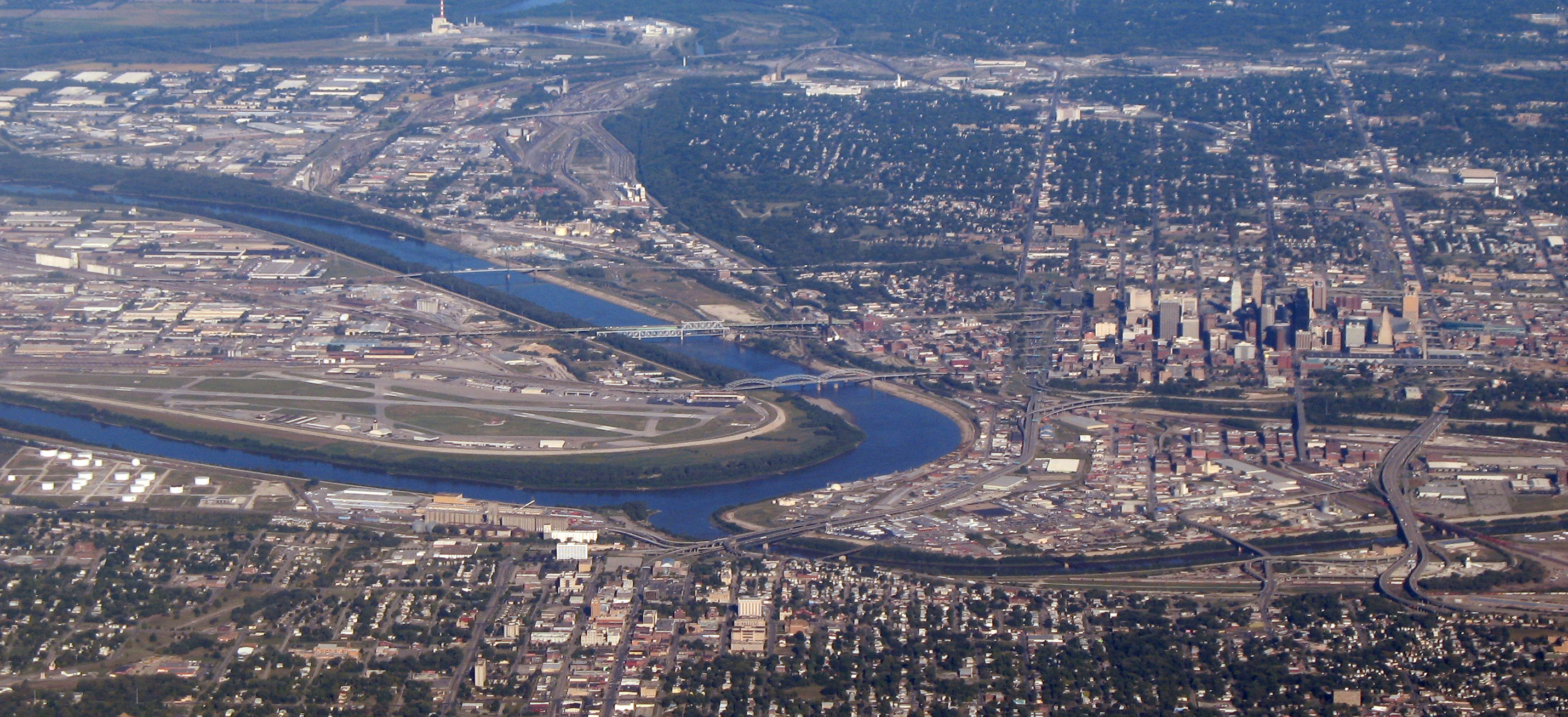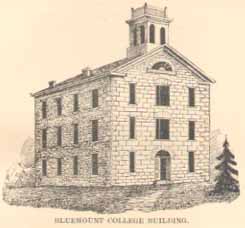|
Kansas Historical Society
The Kansas Historical Society is the official state historical society of Kansas. Headquartered in Topeka, it operates as "the trustee of the state" for the purpose of maintaining the state's history and operates the Kansas Museum of History, Kansas State Archives and Library, Kansas State Capitol Tour Center, and 16 state-owned sites. It also serves as the State Historic Preservation Office, and works closely with the Kansas State Department of Education to provide standards-based programs for history and social studies curriculum in the schools.KSHS Overview Accessed 13 October 2013 History The Kansas Editors' and Publishers' Association founded the Kansas Historical Society in 1875 to save present and . In 1879 the |
Kansas
Kansas () is a state in the Midwestern United States. Its capital is Topeka, and its largest city is Wichita. Kansas is a landlocked state bordered by Nebraska to the north; Missouri to the east; Oklahoma to the south; and Colorado to the west. Kansas is named after the Kansas River, which in turn was named after the Kansa Native Americans who lived along its banks. The tribe's name (natively ') is often said to mean "people of the (south) wind" although this was probably not the term's original meaning. For thousands of years, what is now Kansas was home to numerous and diverse Native American tribes. Tribes in the eastern part of the state generally lived in villages along the river valleys. Tribes in the western part of the state were semi-nomadic and hunted large herds of bison. The first Euro-American settlement in Kansas occurred in 1827 at Fort Leavenworth. The pace of settlement accelerated in the 1850s, in the midst of political wars over the slavery deba ... [...More Info...] [...Related Items...] OR: [Wikipedia] [Google] [Baidu] |
Lecompton, Kansas
Lecompton (pronounced ) is a city in Douglas County, Kansas, United States. As of the 2020 census, the population of the city was 588. Lecompton was the ''de jure'' territorial capital of Kansas from 1855 to 1861, and the Douglas County seat from 1855 to 1858. Anti-slavery Lawrence became the ''de facto'' capital during the latter part of this period, when the county seat was moved there. This time period was known as Bleeding Kansas, due to the violence perpetrated by the pro-slavery, and to a lesser extent the anti-slavery, factions in the eastern part of the state. Lecompton was a hotbed of pro-slavery sentiment during the mid-1800s. History 19th century Lecompton was founded in 1854, on a bluff on the south bank of the Kansas River. It was originally called "Bald Eagle", but the name was changed to Lecompton in honor of Samuel Lecompte, the chief justice of the territorial Supreme Court. In August 1855, the city became the capital of the Kansas Territory after Preside ... [...More Info...] [...Related Items...] OR: [Wikipedia] [Google] [Baidu] |
Iowa And Sac & Fox Mission State Historic Site
The Iowa and Sac & Fox Mission State Historic Site, also known as the Highland Presbyterian Mission, is the site of a mission that housed the children of two local tribes between 1845 and 1863. History In 1836 William Clark (acting as superintendent of Indian affairs) negotiated a treaty with the Iowa people and the Sac and Fox Nation of Missouri in Kansas and Nebraska. The treaty ceded all the tribal land from Missouri to the Missouri river for $7,500; in return the government promised to build five homes and provide goods and services to the tribes. When the tribes started moving to their new established grounds the missionaries had seen an opportunity to spread their word to people in "decline" and decided to set up a mission. The mission was known as "The loway and Sac Mission" by the missionaries. A Presbyterianism mission was established (1837) roughly from present day Highland, Kansas by Samuel M. Irvin and his wife before being joined by Reverend William Hamilton. Ir ... [...More Info...] [...Related Items...] OR: [Wikipedia] [Google] [Baidu] |
Hanover, Kansas
Hanover is a city in Washington County, Kansas, United States. As of the 2020 census, the population of the city was 690. The city is primarily agricultural, and the surrounding countryside is filled with small family farms. Named after Hanover, Germany, the town is a traditional German community with strong German cultural influences. The local area is home to numerous other German communities such as Hollenberg, Hermansburg, Frankfort, and Bremen. History The "Hollenberg Station" became an important hub along the way for Pony Express travelers and Geret Hollenberg eventually established a grocery and stage depot on his farm in 1858. The Hollenberg farm housed nine boarding rooms, and the success of "Hollenberg Station" as a business attracted more people to the area and many settled alongside the Hollenbergs in the decade leading up to the establishment of Hanover. Prior to the establishment of the town, in 1868 a school district was established in the area to satisfy the ... [...More Info...] [...Related Items...] OR: [Wikipedia] [Google] [Baidu] |
Hollenberg Pony Express Station
The Hollenberg Pony Express Station, also known as Cottonwood Pony Express Station, is the most intact surviving station of the Pony Express in the United States. It was built by Gerat H. Hollenberg in 1858, to serve travelers on the Oregon and California Trails, and was used by the Pony Express when it was established in 1860. The station is owned by the state of Kansas and is operated by the Kansas Historical Society as Hollenberg Pony Express Station State Historic Site. It was designated a National Historic Landmark in 1961. Description and history The Hollenberg Pony Express Station is located about east of Hanover, Kansas along Kansas Highway 243. The station consists of a 1-1/2 story rectangular Cottonwood frame building, with a gabled roof, wooden shingled exterior, and stone foundation. The building is organized into six rooms, four of which served as the Hollenberg family residence, one served as a shop, and the last as a bar and tavern space. The loft area serve ... [...More Info...] [...Related Items...] OR: [Wikipedia] [Google] [Baidu] |
Kansas City, Kansas
Kansas City, abbreviated as "KCK", is the third-largest city in the U.S. state of Kansas, and the county seat of Wyandotte County. It is an inner suburb of the older and more populous Kansas City, Missouri, after which it is named. As of the 2020 census, the population of the city was 156,607, making it one of four principal cities in the Kansas City metropolitan area. It is situated at Kaw Point, the junction of the Missouri and Kansas rivers. It is part of a consolidated city-county government known as the "Unified Government". It is the location of the University of Kansas Medical Center and Kansas City Kansas Community College. History In October 1872, "old" Kansas City, Kansas, was incorporated. The first city election was held on October 22 of that year, by order of Judge Hiram Stevens of the Tenth Judicial District, and resulted in the election of Mayor James Boyle. The mayors of the city after its organization were James Boyle, C. A. Eidemiller, A. S. Orb ... [...More Info...] [...Related Items...] OR: [Wikipedia] [Google] [Baidu] |
Grinter Place
Grinter Place is a house on the National Register of Historic Places above the Kansas River in the Muncie neighborhood of Kansas City, Kansas. History The house was constructed by Moses Grinter where he and his half-Lenape (Delaware) wife lived until he died in 1878 and she in 1905. Grinter's wife's Indian name was “Windagamen,” which meant “Sweetness.” She was one of about 25 Delaware women who became U.S. citizens when the territory became a state. ''Wichita Eagle and Kansas.com'', Nov. 1, 2010. Near this place, the Delaware Crossing (or "Military Crossing"; sometimes "the Secondine'") allowed passage from the old Indian trail where it met the wat ... [...More Info...] [...Related Items...] OR: [Wikipedia] [Google] [Baidu] |
Manhattan, Kansas
Manhattan is a city and county seat of Riley County, Kansas, United States, although the city extends into Pottawatomie County, Kansas, Pottawatomie County. It is located in northeastern Kansas at the junction of the Kansas River and Big Blue River (Kansas), Big Blue River. As of the 2020 United States census, 2020 census, the population of the city was 54,100. The city was founded by settlers from the New England Emigrant Aid Company as a Free-Stater (Kansas), Free-State town in the 1850s, during the Bleeding Kansas era. Nicknamed "The Little Apple" as a play on New York County, New York City's "Big Apple", Manhattan is the home of Kansas State University and has a distinct college town atmosphere. History Native American settlement Before settlement by European-Americans in the 1850s, the land around Manhattan was home to Native American tribes. From 1780 to 1830, it was home to the Kaw people, also known as the Kansa. The Kaw settlement was called Blue Earth Villag ... [...More Info...] [...Related Items...] OR: [Wikipedia] [Google] [Baidu] |
Goodnow House
The Goodnow House is a historic two-story stone house located at 2301 Claflin Road in Manhattan, Kansas, United States. It was built in 1857 in the ''Plains Vernacular'' style. From 1861 Isaac Goodnow and his wife, Ellen lived in the house. Goodnow was an abolitionist and co-founder of both Kansas State University and Manhattan. Description The Goodnow House is a stone structure with gable roofs over a two-story main block and a one-story wing. The rough limestone walls are accented by smooth quoins at the corners. Several additions were made over the years. There is a cellar under the 1857 section. History Goodnow and his wife Ellen had no children. Hattie Parkerson, a niece whom they had adopted, inherited the house after Ellen died in 1900. After Hattie's death in 1940, the house was passed to a friend, Mary Payne, who later donated it and many of the Goodnow's belongings to the Kansas Historical Society, a state agency which operates it today as the Goodnow House State Hist ... [...More Info...] [...Related Items...] OR: [Wikipedia] [Google] [Baidu] |
Hays, Kansas
Hays is a city in and the county seat of Ellis County, Kansas, United States. The largest city in northwestern Kansas, it is the economic and cultural center of the region. As of the 2020 census, the population of the city was 21,116. It is also a college town, home to Fort Hays State University. History Prior to American settlement of the area, the site of Hays was located near where the territories of the Arapaho, Kiowa, and Pawnee met. Claimed first by France as part of Louisiana and later acquired by the United States with the Louisiana Purchase in 1803, it lay within the area organized by the U.S. as Kansas Territory in 1854. Kansas became a state in 1861, and the state government delineated the surrounding area as Ellis County in 1867. In 1865, the U.S. Army established Fort Fletcher southeast of present-day Hays to protect stagecoaches traveling the Smoky Hill Trail. A year later, the Army renamed the post Fort Hays in honor of the late Brig. Gen. Alexande ... [...More Info...] [...Related Items...] OR: [Wikipedia] [Google] [Baidu] |
Fort Hays
Fort Hays, originally named Fort Fletcher, was a United States Army fort near Hays, Kansas. Active from 1865 to 1889 it was an important American Frontier, frontier post during the American Indian Wars of the late 19th century. Reopened as a historical park in 1929, it is now operated by the Kansas Historical Society as the Fort Hays State Historic Site. History To protect Butterfield Overland Despatch stage and freight covered wagon, wagons traveling the Smoky Hill Trail from Cheyenne and Arapaho attacks, the U.S. Army established Fort Fletcher on October 11, 1865. Named after then governor of Missouri Thomas Clement Fletcher, Thomas C. Fletcher, the fort was located on the trail mile (0.4 km) south of the confluence of Big Creek (Kansas), Big Creek and the North Fork of Big Creek in western Kansas. Lt. Col. William Tamblyn and three companies of the Galvanized Yankees, 1st U.S. Volunteer Infantry established the post and were stationed there along with detachments o ... [...More Info...] [...Related Items...] OR: [Wikipedia] [Google] [Baidu] |
Fort Riley, Kansas
Fort Riley is a United States Army installation located in North Central Kansas, on the Kansas River, also known as the Kaw, between Junction City and Manhattan. The Fort Riley Military Reservation covers 101,733 acres (41,170 ha) in Geary and Riley counties. The portion of the fort that contains housing development is part of the Fort Riley census-designated place, with a residential population of 7,761 as of the 2010 census. The fort has a daytime population of nearly 25,000. The ZIP Code is 66442. Namesake Fort Riley is named in honor of Major General Bennet C. Riley, who led the first military escort along the Santa Fe Trail. The fort was established in 1853 as a military post to protect the movement of people and trade over the Oregon, California, and Santa Fe trails. In the years after the Civil War, Fort Riley served as a major United States Cavalry post and school for cavalry tactics and practice. The post was a base for skirmishes with Native Americans aft ... [...More Info...] [...Related Items...] OR: [Wikipedia] [Google] [Baidu] |







